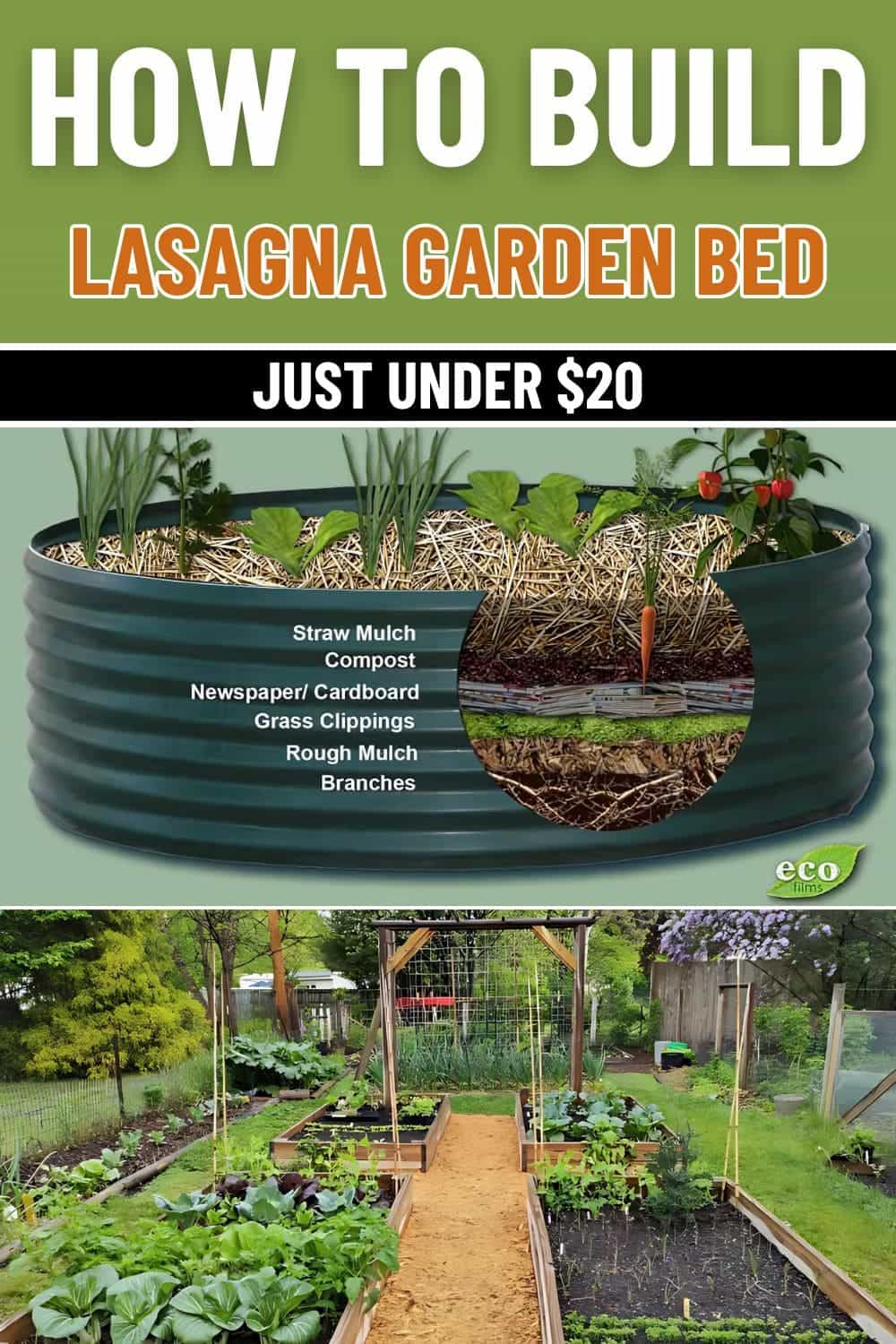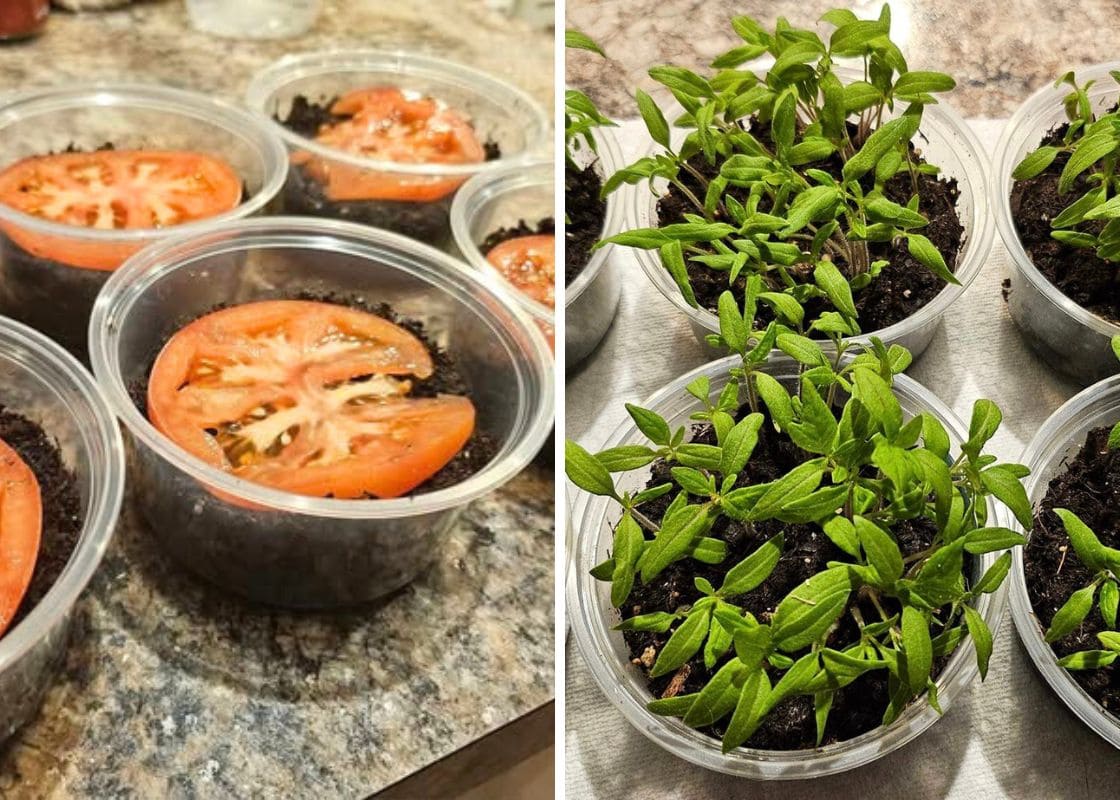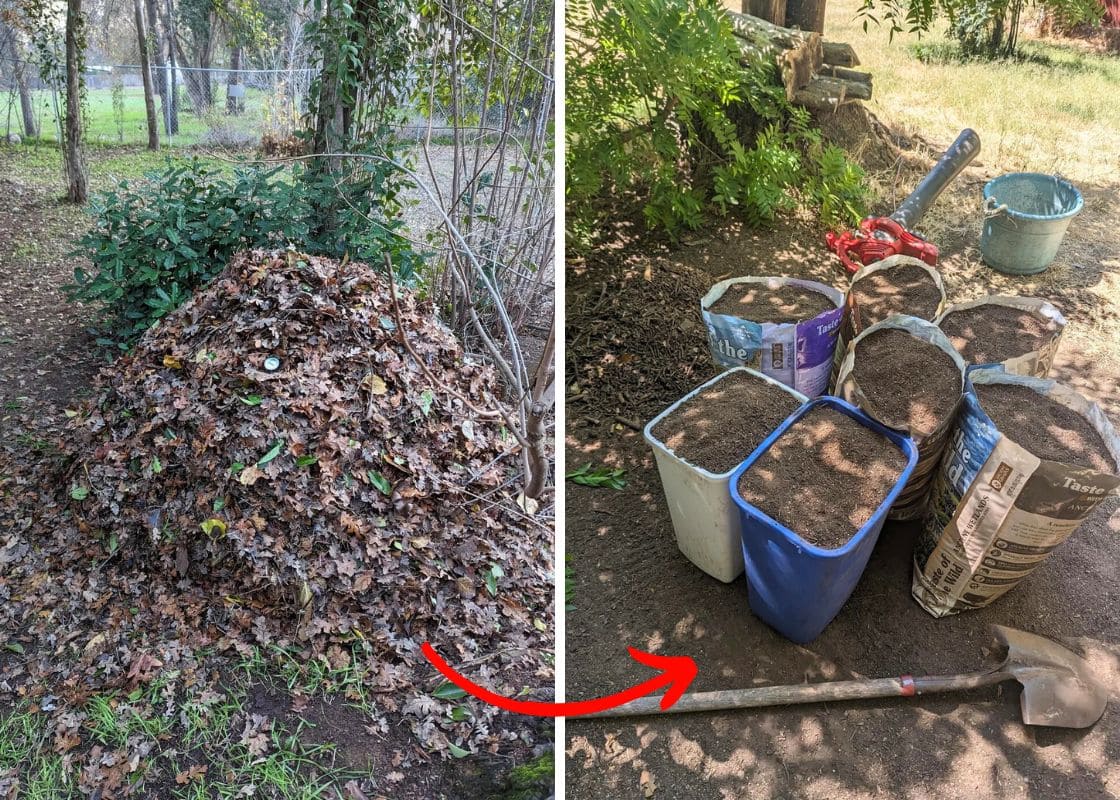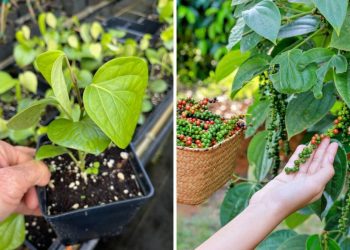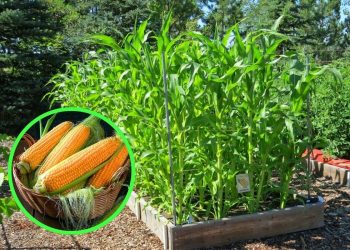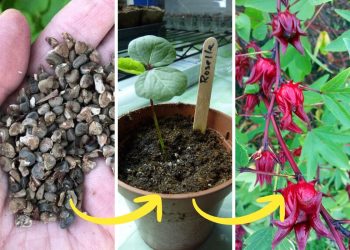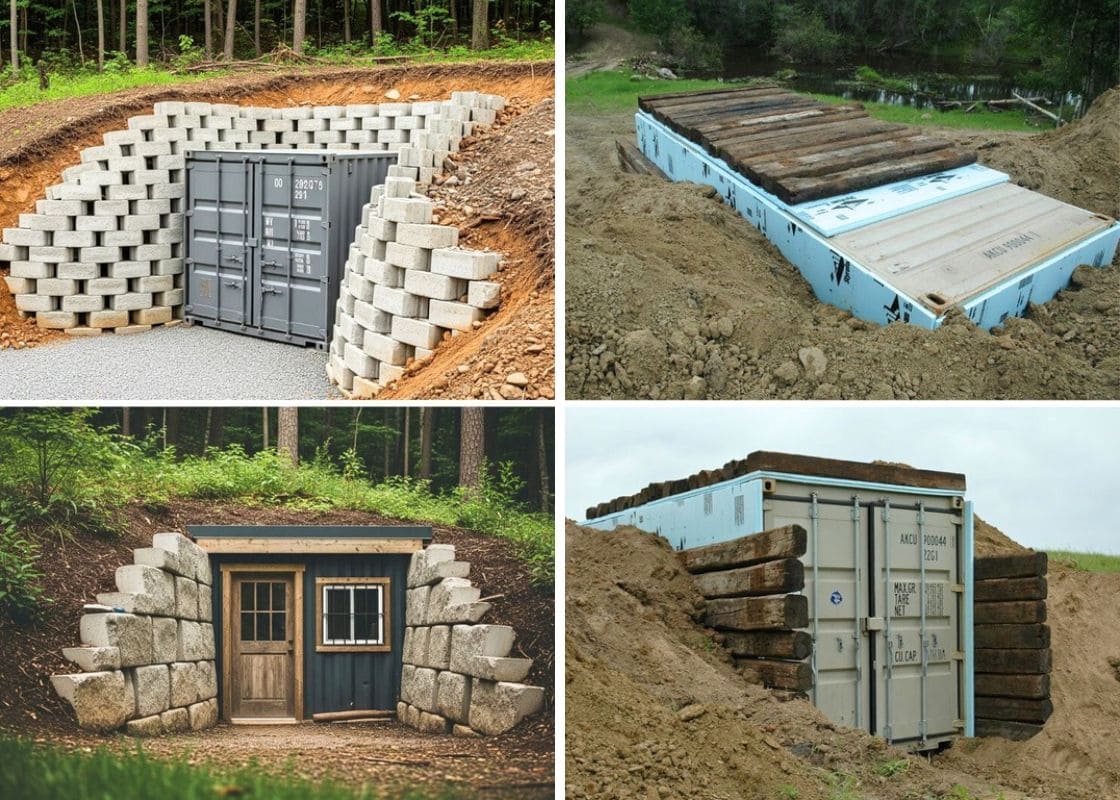A lasagna garden bed is an eco-friendly, no-dig method for creating rich, fertile soil.
The name doesn’t mean you’re planting pasta; it comes from the layering technique used, similar to assembling a lasagna.
This method is perfect for anyone looking to start a new garden or improve existing soil without heavy labor. Plus, it’s a great way to recycle kitchen scraps and yard waste while nurturing your plants.
Steps to Build a Lasagna Garden Bed
Step 1. Choose the Location
First, you need to pick a spot that gets plenty of sunlight and has good drainage. You can create your lasagna bed directly on grass, weeds, or bare soil without needing to clear the area.
Step 2. Mark the Dimensions
Now, decide how large you want your bed to be. Use stakes and string to outline the area, ensuring it’s manageable for planting and maintenance.
Step 3. Prepare the Base Layer
Start with a layer of cardboard or thick newspaper, then soak this layer in water to help it break down and stay in place. This base smothers weeds and creates a clean slate for your garden.
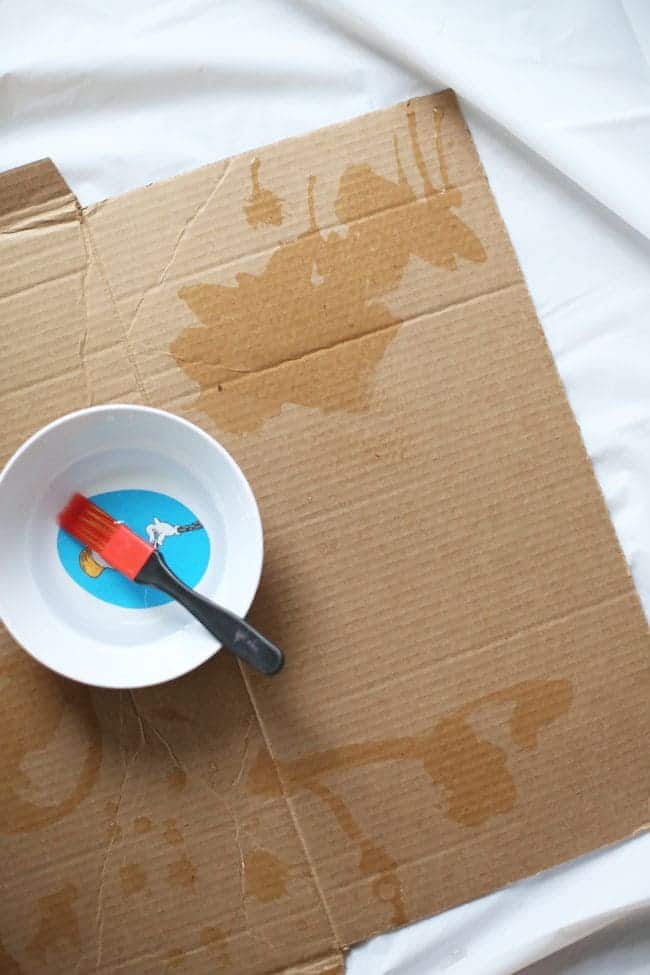
Step 4. Add a Carbon Layer (Brown Material)
Next, add a thick layer of carbon-rich materials like dried leaves, straw, or shredded paper. This layer helps balance the composting process and prevents odors.
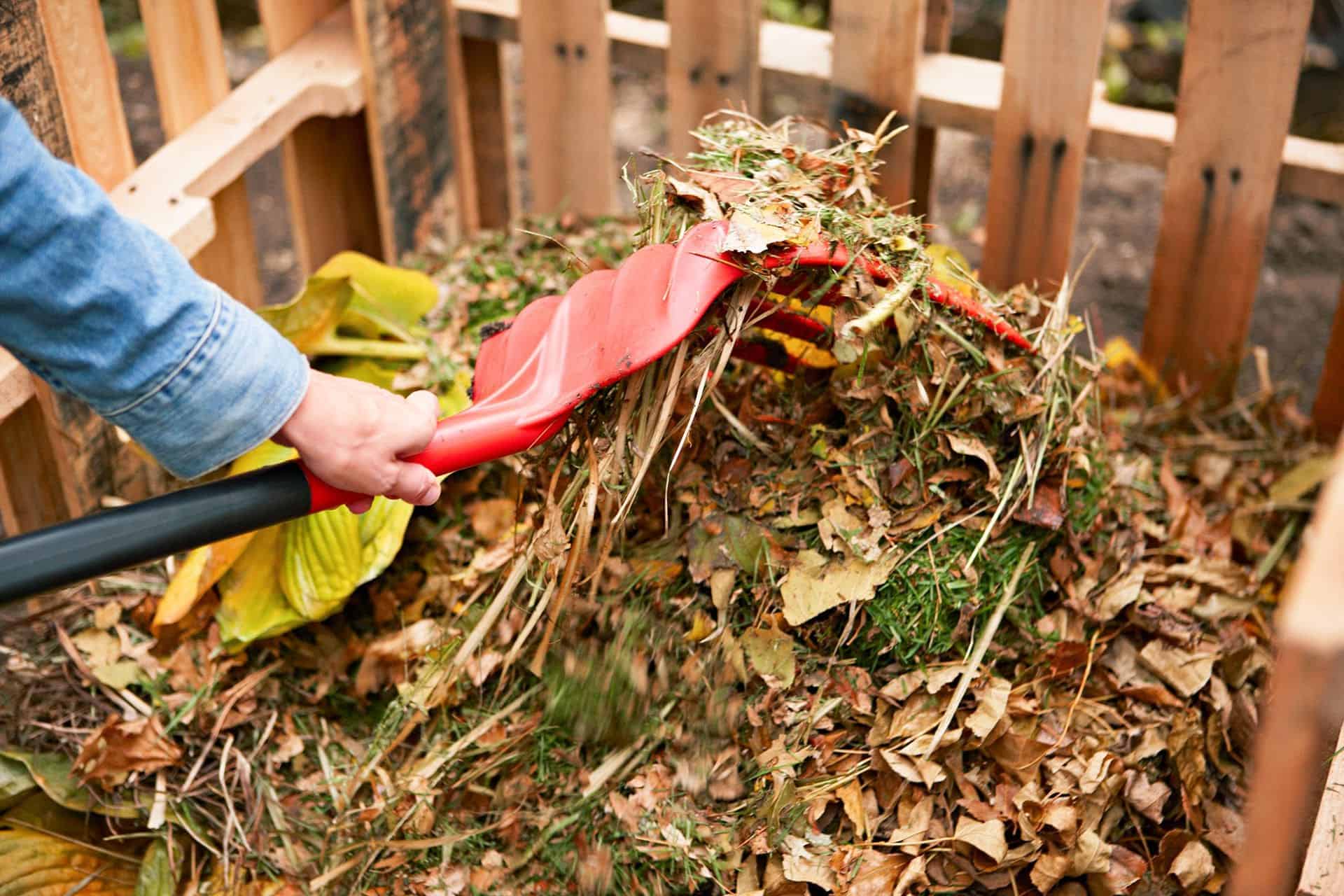
Step 5. Follow with a Nitrogen Layer (Green Material)
Next, add nitrogen-rich materials such as grass clippings, fruit and vegetable scraps, coffee grounds, or fresh manure. This layer promotes microbial activity and speeds up decomposition.
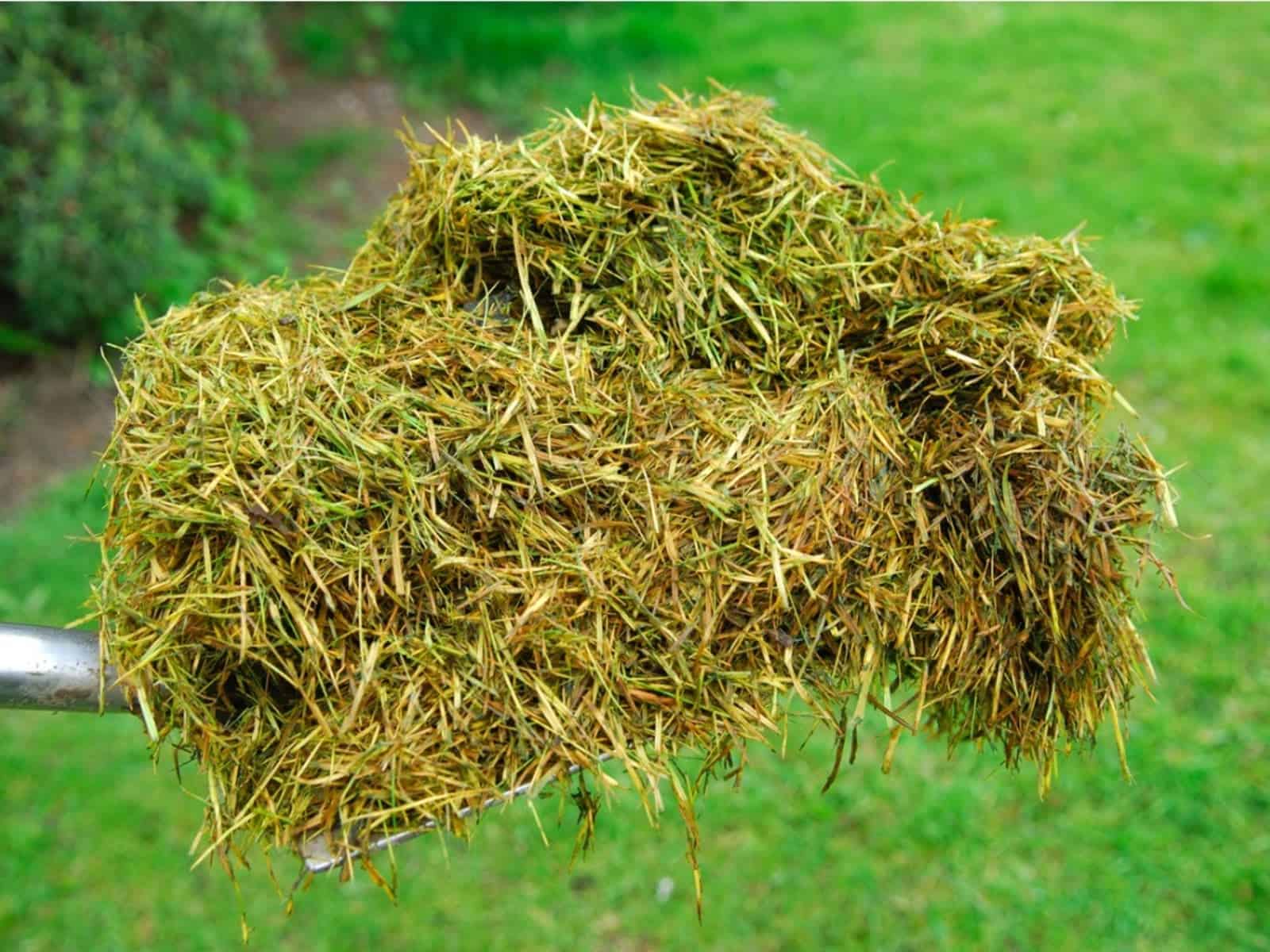
Step 6. Repeat the Layers
Alternate brown and green layers until your bed is 12–18 inches tall. You should aim for equal amounts of each type to maintain a good balance.
Finally, you end with a carbon layer to prevent pests and keep things tidy.

Step 7. Top with a Final Layer
Finish with 2–3 inches of compost or aged manure. This creates a planting-ready surface and seals in the layers below.
How to Use Your Lasagna Garden Bed

You can plant immediately in your lasagna garden bed or let it sit over winter to fully decompose.
To make the most of it, I often dig small holes in the top layer for seeds or seedlings. Besides, I often refresh the bed yearly with new layers of organic material.
